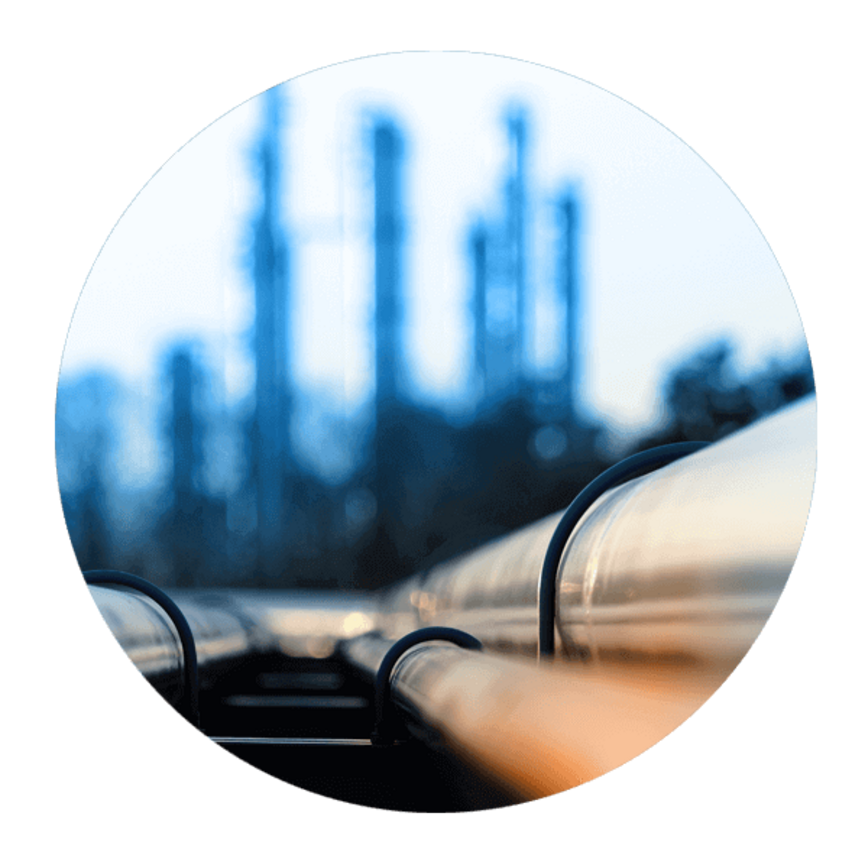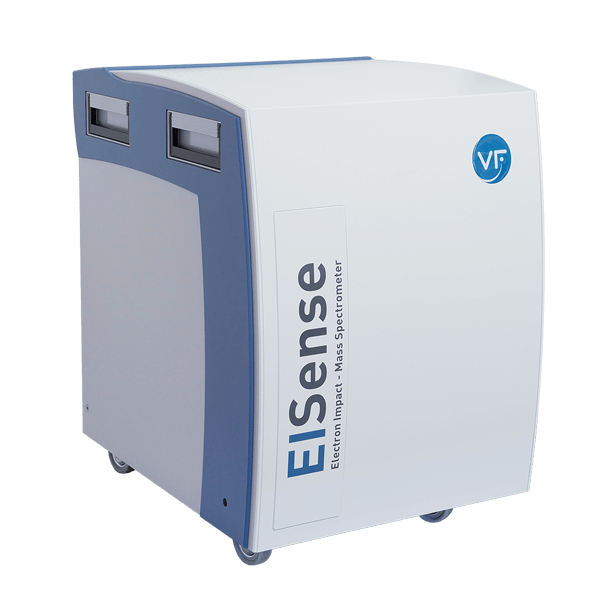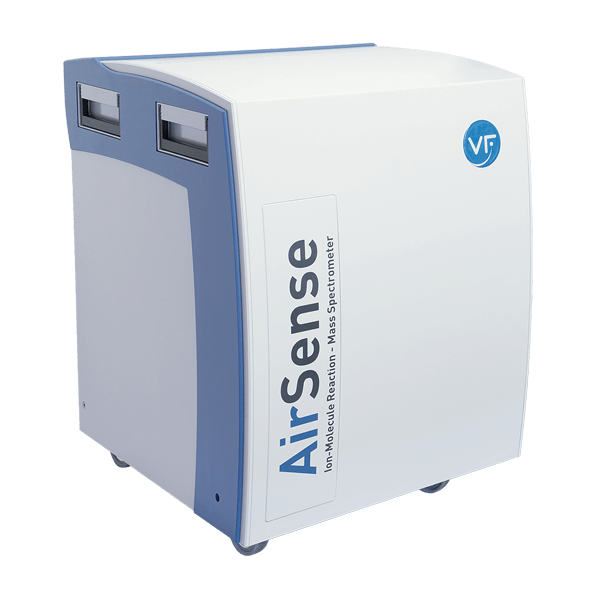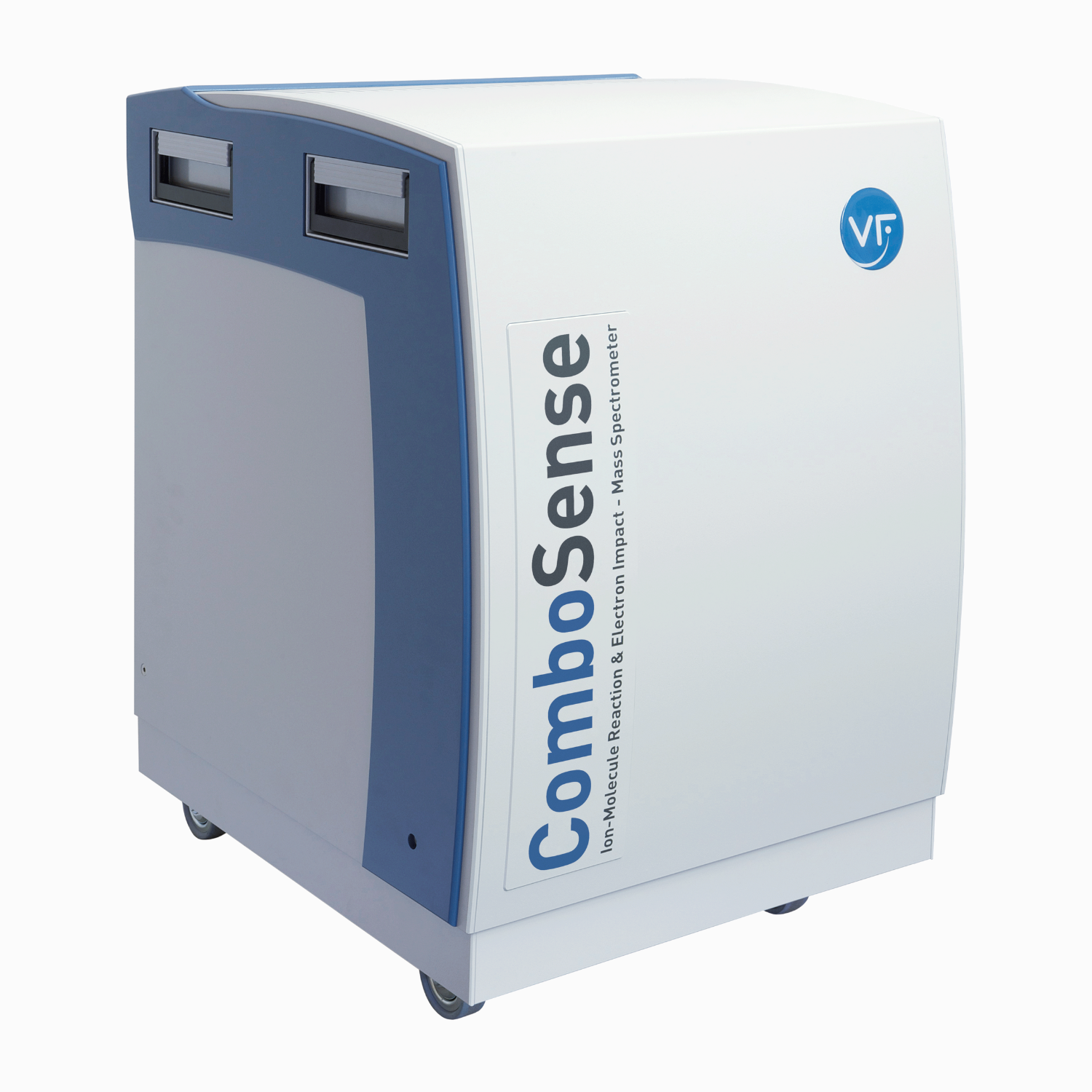The gasification of carbonaceous material such as biomass or charcoal is an important source for the production of synthetic natural gas. Monitoring the gasification process requires a reliable analyzer that can provide real-time information. Typical tasks include quantifying the compounds contained in the synthetic natural gas, as well as leak detection and determination of potential impurities that can lead to degradation of catalysts used for fuel synthesis or trigger saturation of the gas purification system. In biomass gasification applications, the impurities are called tar and include BTX (benzene, toluene, xylene) and PAH (polycyclic aromatic hydrocarbons). In addition, various inorganic impurities such as H2S and COS may also be present.
Background
Solution
V&F IMR mass spectrometers (Ion Molecular Reaction) are capable of rapidly detecting and determining organic and inorganic impurities in synthetic natural gas from biomass gasification processes. Due to the wide dynamic measurement range, IMR technology is suitable for measurements of concentrated tar compounds at the outlet of a fluidized bed reactor as well as for measurements of tar traces at the gas reformer outlet. In addition, sulfur compounds such as thiophene, H2S and COS can be determined with excellent selectivity using the same method. Results are displayed in real-time thus enabling accurate studies of tar behavior during the gasification process.
The V&Fmass spectrometer can be used to quantify compounds (H2, CO, CO2) and combustibles such as methane from subsequent conversion reactions such as Fischer-Tropsch synthesis. It offers the proven electron impact ionization (EI) technology and is often used for monitoring combustion, fermentation, and gas synthesis processes. Another application is in the process of leak testing, where O2 and N2 are determined in the vol% range The V&Fmass spectrometers can be equipped with a variety of interfaces to allow good integration into automation systems such as a ProfiBus environment. Alternatively, they can be operated as stand-alone instruments with user-friendly V&FViewer software.

Advantage
General analytical techniques used in the gasification process, primarily for measuring impurities, employ micro gas chromatography (µGC) and solid phase adsorption (SPA) followed by off-line gas chromatography (GC). A µGC method typically takes a few minutes to provide a result, and detection limits are in the ppmv range. IMR-MS, on the other hand, provides multiple data points per minute and can provide detection limits of a few ppbv for important tar compounds such as BTX. SPA methods are unsuitable for more accurate studies of impurity behavior because they rely on long sampling procedures and off-line GC analysis.
V&Fmass spectrometers enable the technician to quickly adapt the instrument to new measurement routines or expand existing measurement setups by adding new compounds of interest within minutes. A compact and mechanically stable design make them more mobile, and a measurement location can easily be changed within one business day.
Reference clients (excerpt)











